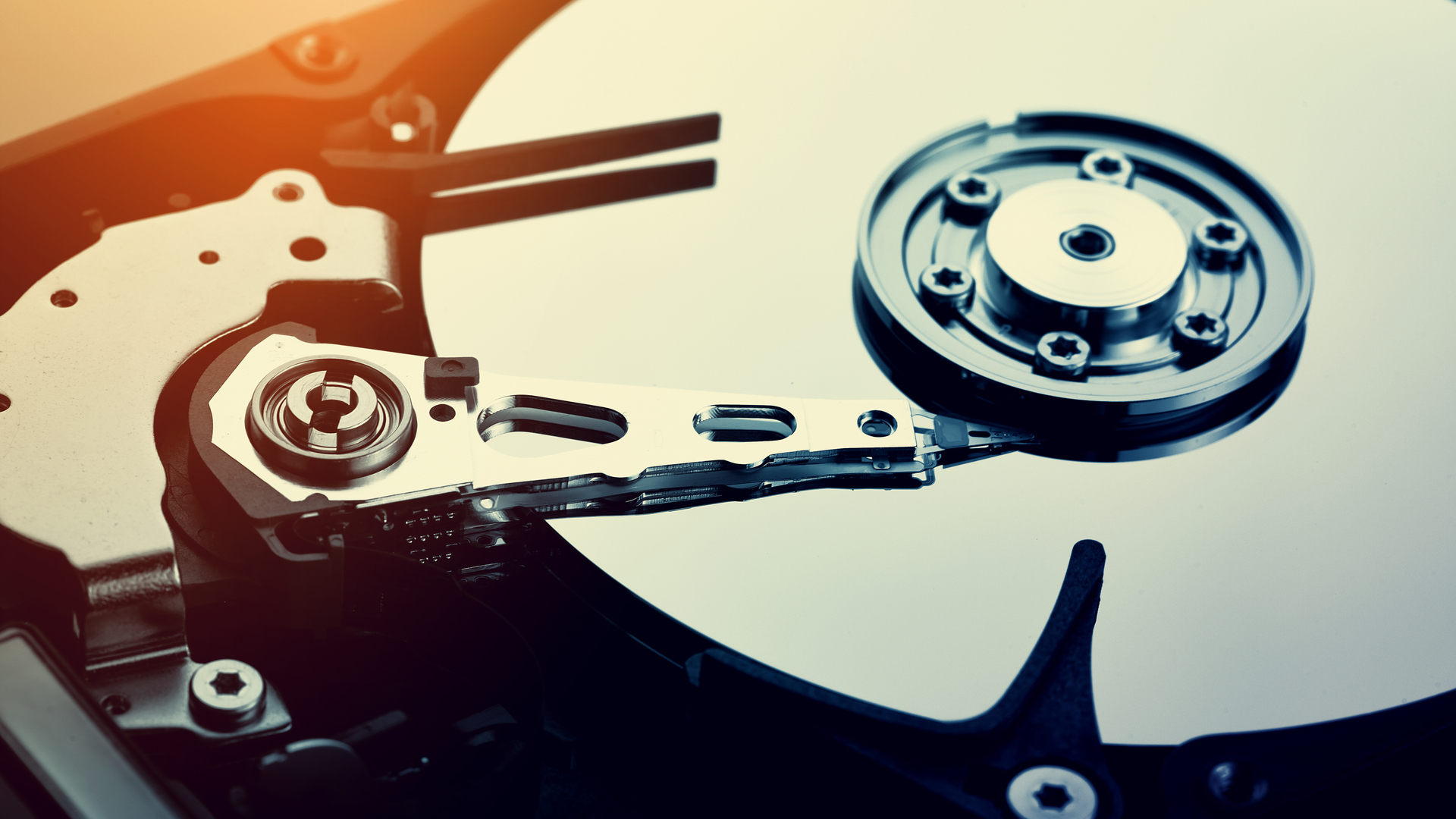
Data recovery is the process of recovering data from damaged or deleted files. Whatever the cause of your data loss, you will likely be faced with the difficult task of locating and re-saving your files. With the dizzying volume of data that is now stored on electronic devices, it’s not always immediately apparent how lost data can be found again. But rest assured, you are not alone. Data recovery is a topic that many people are afraid of. But the truth is, if you’re reading this, it’s probably because you’ve already tried to recover your data and failed. Recovering your data shouldn’t be a desperate act, but rather a planned and methodical process. Read on to find out more.
So, why Should You Care About Data Recovery?
If you’ve ever been faced with the daunting task of recovering lost data, you know that it can be a time-consuming and frustrating experience. But data recovery isn’t just about retrieving your files—it’s also about protecting your information. Data recovery is not an easy process, but by understanding its importance, you can take the necessary steps to recover your data and prevent future mishaps. You might think that losing some of your files is no big deal; after all, they are backed up somewhere on your computer right? Wrong. Even if you have a backup system in place, there’s still a chance that something could happen to those files as well. It’s always best to take the necessary precautions to safeguard your information and put in place a plan for data recovery so that if something happens to one of your backup files, you’ll be ready to act.
What Tools Do you Need for Data Recovery?
There are many tools that you will need when it comes time to recover your data. The first tool that you’ll need is a good data recovery software. This will be your main resource for recovering files, so make sure that you find a reputable one. The second important tool for data recovery is the hard drive itself. You may need to purchase an external hard drive to save your recovered data onto, or you may be able to use the original hard disk if it’s still in working order and can read the files. You will also want a USB flash drive or CD/DVDs if necessary to save each file as you recover it from the hard disk and then re-save them on the new media. Lastly, you will want a laptop for installing and using the software programs necessary for recovery, as well as for transferring your files onto other disks once they’ve been recovered.
The Best Way to Learn Data Recovery
The best way to learn data recovery is to read a book or take a class. There are many books on the topic of data recovery, and many classes that teach students the fundamentals of data recovery. The most comprehensive guide that I’ve found is called Data Recovery: What to Do When You Lose Your Files.
Some other options for learning data can include taking an online course or picking up a DVD from your local library.
How to Recover Your Data: the Steps
Step 1: Stop Using Your Device
If you’re trying to recover your data from a system that is still running, stop use of the device. Even if you’ve not yet found the file you are looking for, if you continue to use the computer and delete more files, what you want will be lost forever.
Step 2: Get a Copy of your Deleted Data
If you have accidentally deleted files or formatted your hard drive and want to get them back, it’s time to make a backup. This is especially important if there are pictures or videos on the device. If the files were deleted recently, there’s a chance that they haven’t been overwritten and can be recovered. You may also want to consider downloading an app like Dropbox or iCloud Drive because they allow access to all of your data even when your devices are offline.
Step 3: Use a Data Recovery Software
There are many different programs that specialize in recovering data from digital devices, including “Recuva”, “EaseUS Data Recovery Wizard”, and “R-Studio”. These programs scan all drives connected to your computer and identify any files that might be corrupted or damaged but still readable. The program then copies these files onto a disk so they can be opened easily by other programs. These programs also come with special features for recovering specific types of file formats, such as music, videos, documents and so on.
Conclusion
Data recovery is something that is a necessity when you lose your files. It is important that you know what to do when you are in this situation. We hope this guide has helped you to better understand data recovery and how to handle it when it happens.

